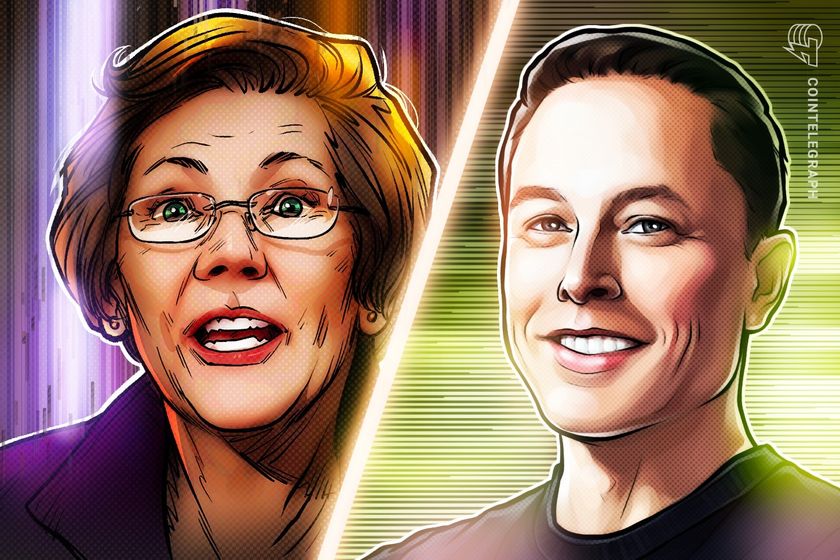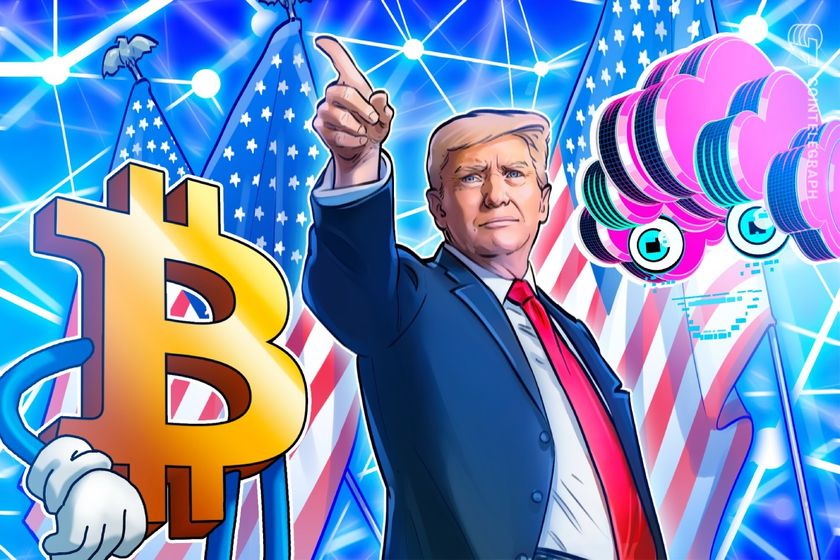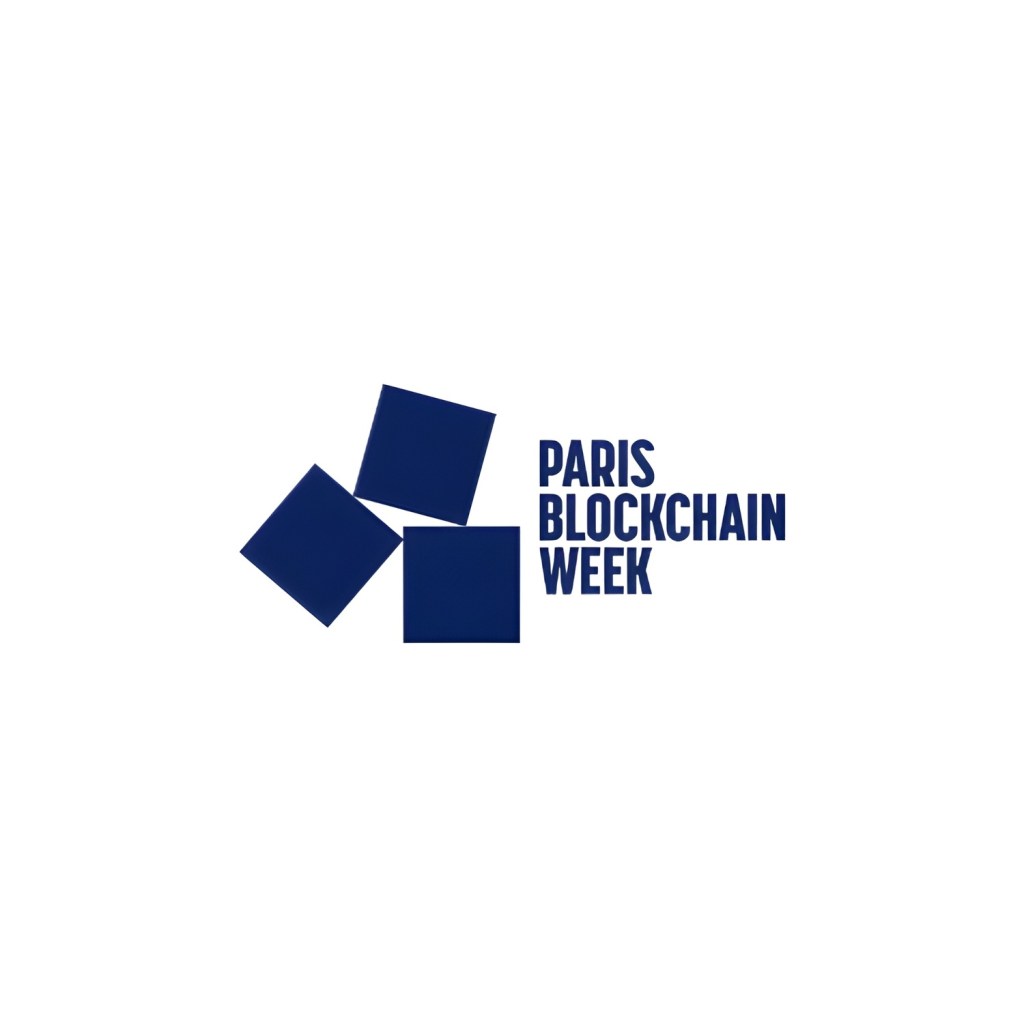
Blockchain’s positive impact on sustainable development: Solana Breakpoint

Regenerative economy and finance projects are tapping into blockchain technology for increased utility, transparency and decentralization.
Blockchain technology is having a tangible positive influence on environmental stewardship through innovative projects that are retiring carbon credits, generating staking yields to support ecological initiatives and incentivizing communities to monitor and protect natural resources.
Cointelegraph delved into the world of regenerative economies and finance at Solana Breakpoint in Amsterdam, facilitating a panel featuring three speakers that are intimately involved in projects leveraging blockchain technology to work towards meeting sustainable development goals (SDGs) around the world.
The Smith School of Enterprise and the Environment defines a regenerative economy as a movement “away from extractive business models” that aim to power “the potential for positive contributions for nature and society”.
GainForest is a prominent example of a blockchain-based project that aims to foster stewardship of natural environments by local communities. As co-founder Simge Sandal explains, GainForest uses blockchain to autonomously direct funding to different projects in the Global South using “measure-to-earn” technology which focuses on measuring biodiversity data.
“Our core business is to create incentives that make environmental protection attractive for the local communities and also financially beneficial for them,” Sandal explains.
Private stakeholders can pledge money to indigenous communities and forest conservation projects through GainForest’s smart contracts. The platform automatically unlocks donations to communities responsible for maintaining ecosystems when monitored milestones are achieved.

This monitoring is carried out by locals on the ground using devices like smartphones and drones to provide images and other rich data of the environment.
A key characteristic that has made blockchain technology key in GainForest’s service is transparency. Sandal believes this is core to a regenerative economy, whether its monitoring side effects of externalities or growth of its net effects:
“From the beginning to the end, we can provide this transparency and have an economy where everyone can see what’s happening and make better decisions.”
An element of trust also comes into the equation when trying to onboard users and community members to make use of the technology to both benefit the environment and make a living from their efforts.
“Some of the communities, when we start working with them, are literally sitting there looking at this and they’re like, ‘What do you want? Just go away.’ It takes some time to break the ice,” she adds.
Cointelegraph will explore the GainForest project at length in an upcoming feature, but the project stands out as an innovative initiative harnessing nascent technology and hardware.
James Bettauer, co-founder and CEO of ecoToken, outlines how their Solana-based platform allows users to retire environmental credits directly on Solana and receive impact certificates as well as fungible credits.
Bettauer explains that the existing carbon credit system is “top down”, with a large barrier to entry to be able to generate these types of credits.
“Blockchain enables a bottoms-up approach where you can empower the actual project developer to create credits and add new revenue streams, because to create a credit class in the existing system is over $1 million,” Bettauer explains.
As a result, smaller scale projects and companies face significant hurdles to access credits online. For the ecoToken CEO, blockchain technology enables a “ton of new applications” and ways to develop consumer demand that presently doesn’t exist.

Daniel Kelleher is the founder of Sunrise Stake, a decentralized finance protocol built on Solana that allows users to stake SOL to receive green SOL (gSOL). These staking yields can then be donated towards climate impact programmes to “passively offset carbon emissions.”
“We route some of our staking yield to different projects to ensure that we have a spread of climate impact, from offsetting carbon through projects like Toucan as well as ecoToken, Kelleher explains.
The Sunrise Stake founder also believes that blockchain technology empowers regenerative economies, which inherently have net positive effects for communities, economies and the environment:
“Why is it a powerful tool for creating regenerative economies? Because we have this power of smart contracts. We have this power of programmable money. You can build the rules for an economy right down at the code level, at the protocol level.”
Magazine: Slumdog billionaire: Incredible rags-to-riches tale of Polygon’s Sandeep Nailwal
Go to Source
Author: Gareth Jenkinson









